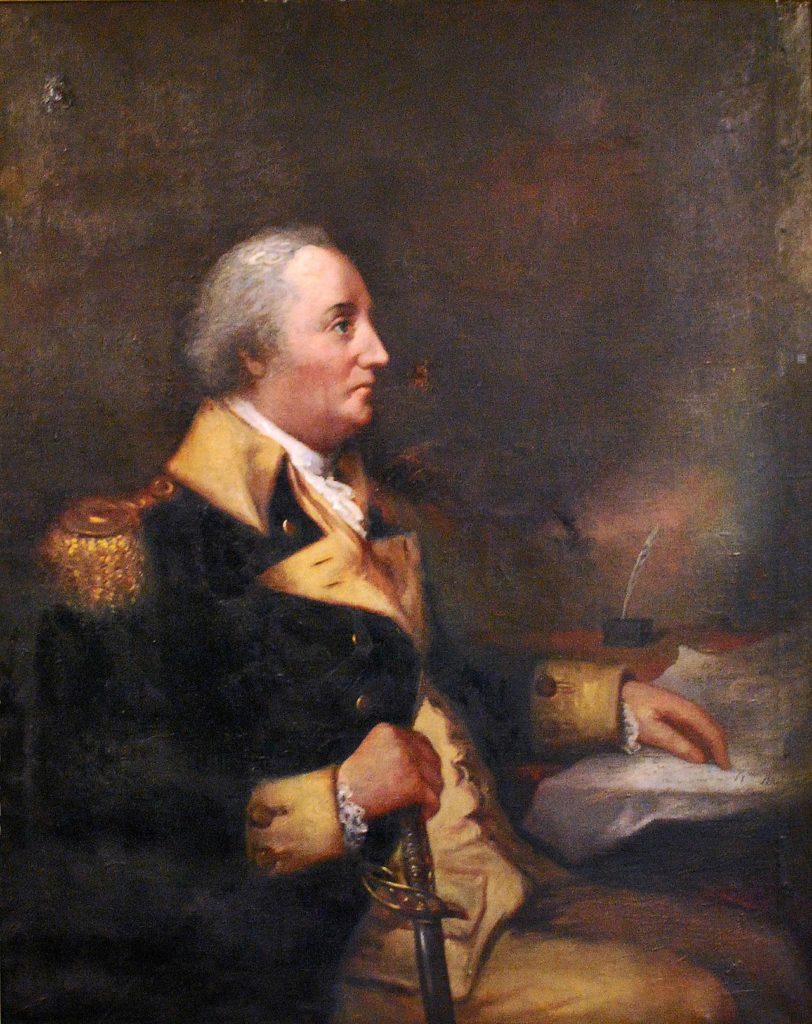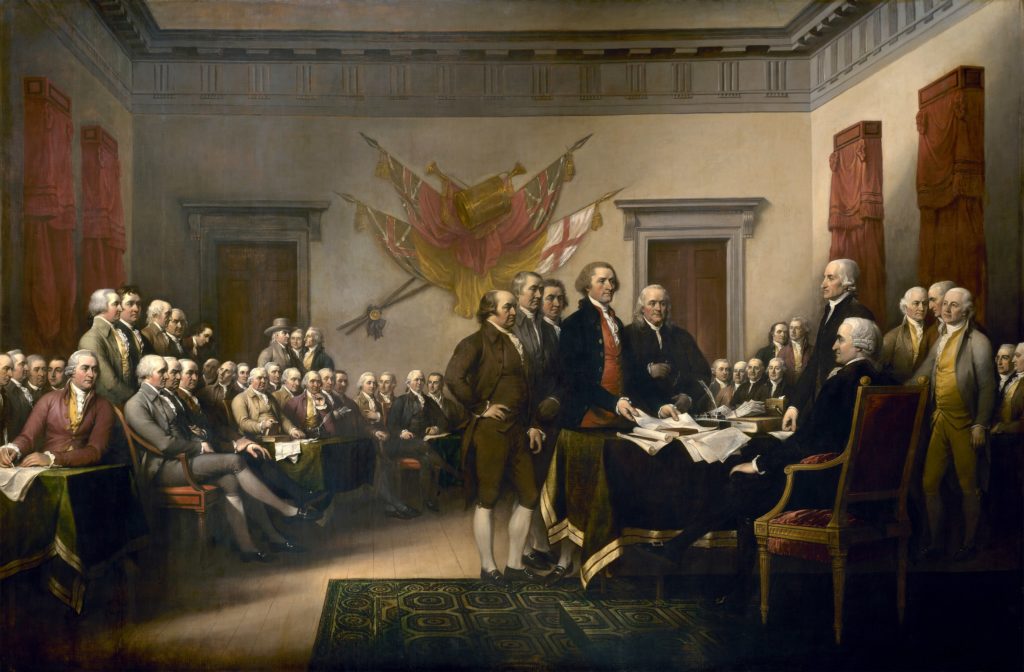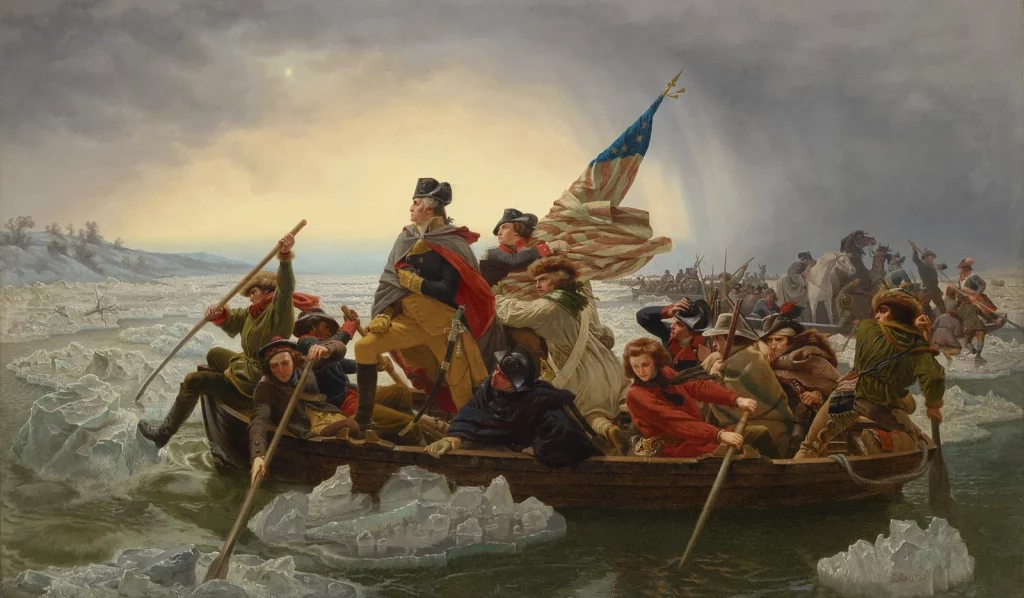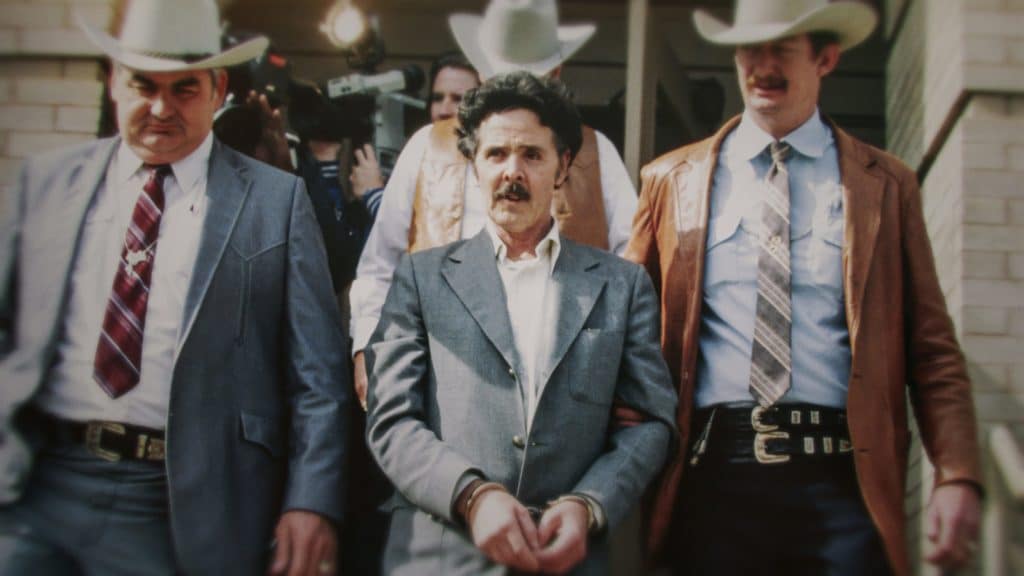Last updated on November 29th, 2022 at 05:36 pm
Few people know William Whipple’s name, despite his participation in one of the most important moments in American history — the signing of the Declaration of Independence. But even more obscure is the story of Prince Whipple, William’s long-time slave and bodyguard, depicted in the famous portrait of Washington Crossing the Delaware.
William Whipple gains more recognition in present-day times than in his own life, but his legacy as the founding father who freed his slaves lives on today.
While William and Prince are not often highlighted in American history, their friendship triumphed through decades of cultural turmoil and national changes.

Early Whipple Days
Whipple was born in Kittery, Maine, in 1730, where he attended public school as a child. Unlike other signers of the Declaration of Independence who went on to Harvard, Yale or Princeton, William spent his late teens and 20’s in Portsmouth, New Hampshire, where he worked on his father’s ships.
Shipbuilding and navigation were deep-rooted in William Whipple’s history. His mother was the daughter of a successful shipbuilder who left a large fortune to his daughter.
Whipple grew up working on ships, setting sail at the young age of 21 as the Ship Master of his ship, supplied by his father’s merchant vessels. Whipple went on voyages to the West Indies, where he was paid a large sum.
At 29, after several years of navigating the open seas, he was ready to settle down with his accumulated wealth. For his next venture, he went into business with his two brothers, opening up a merchant store in Portsmouth.
At the time, two young slave boys worked with the Whipple brothers at the shop. One of them was Prince, who began a deep friendship with William and would remain by his side for decades to come.
William Whipple tried to find love, getting engaged and being left at the alter process. However, later on, at the age of 35, Whipple married his cousin, Catherine Moffat. Catherine’s father, John Moffat, became a close collaborator of William.
Diving into politics
In his mid-30s, Whipple became more involved in the politics between Great Britain and the colonies. He was known for having a strong moral compass and being whipsmart — a combination of traits that earned him the trust and responsibility of local politics.
He was nominated to represent the town of Portsmouth at the Continental Congress in Philadelphia in 1775, and shortly after, in 1776, was appointed as a delegate to the Continental Congress.

Amid these historical moments, Whipple knew change was coming as the colonies began fighting for independence. In January of 1776, Whipple wrote to his friend Josiah Bartlett: “This year, my Friend, is big with mighty events. Nothing less than the fate of America depends on the virtue of her sons, and if they do not have virtue enough to support the most Glorious Cause ever human beings were engaged in, they don’t deserve the blessings of freedom.”
Just a few months later, William Whipple voted for independence from Great Britain and signed the Declaration of Independence on July 4, 1776. His slave, Prince Whipple, was by his side at the time he signed the document.
The moment exemplified how the idea of the “American Dream” became an attainable goal for many individuals looking to make something of themselves in this newfound country.
A writer profiled Whipple on the day the Declaration was signed, saying, “The memorable day which gave birth to the declaration of independence afforded, in the case of William Whipple is a striking example of the uncertainty of human affairs, and the triumphs of perseverance.”
Just thirty years before, Whipple thought he would be a captain of his own fleet of ships. Now, though, he had quickly risen in the ranks to be “upon a conclave of patriots, such as the world had never witnessed.
He whose ambition once centered in inscribing his name as commander upon a crew list now affixed his signature to a document, which has embalmed it for posterity.”
A promise delivered on
As the American Revolution began to take hold of the country, William Whipple was promoted in 1777 to brigadier general and was ordered to go to Vermont. His slave, Prince Whipple, traveled with his master, acting as his bodyguard.
During this time, Prince began to challenge William about his enslavement. “You are going to fight for your liberty but I have none to fight for,” he argued to William. A
fter considering it, William would grant Prince his freedom at the end of the war as long as Prince continued his military service until then.
Prince fought in the American Revolution war, both at Saratoga in 1777 and at the Battle of Rhode Island in 1778. After his service, William kept his word – and on February 22, 1781, Prince was declared a freeman.
William Whipple believed strongly that all people should have “the blessings of Freedom.”
A legacy that lives on
After the Revolution, Whipple was elected to the state legislature but began having heart problems. He passed away in 1785 at the age of 55. He had no children but is buried with his family and Prince Whipple in Portsmouth.
Prince Whipple is captured in one of the most prominent depictions of the Revolutionary War. Emanuel Leutze, the painter of the famous Washington Crossing the Delaware, included Prince Whipple as the American soldier at the front of the boat paddling President Washington across the Delaware River.

While Prince wasn’t actually there at the time, Leutze used the story of Prince almost a century later to illustrate and symbolize the African American patriots at the time who sacrificed for the freedom they didn’t officially have yet. The painting now sits in the Metropolitan Museum of Art in New York.
While more prominent Declaration of Independence signers often overlook William Whipple’s legacy, his story resonates today with many who learn about the early Revolution and Abolitionist movement.


“You were the one chatting behind my back, weren’t you..?” he said.